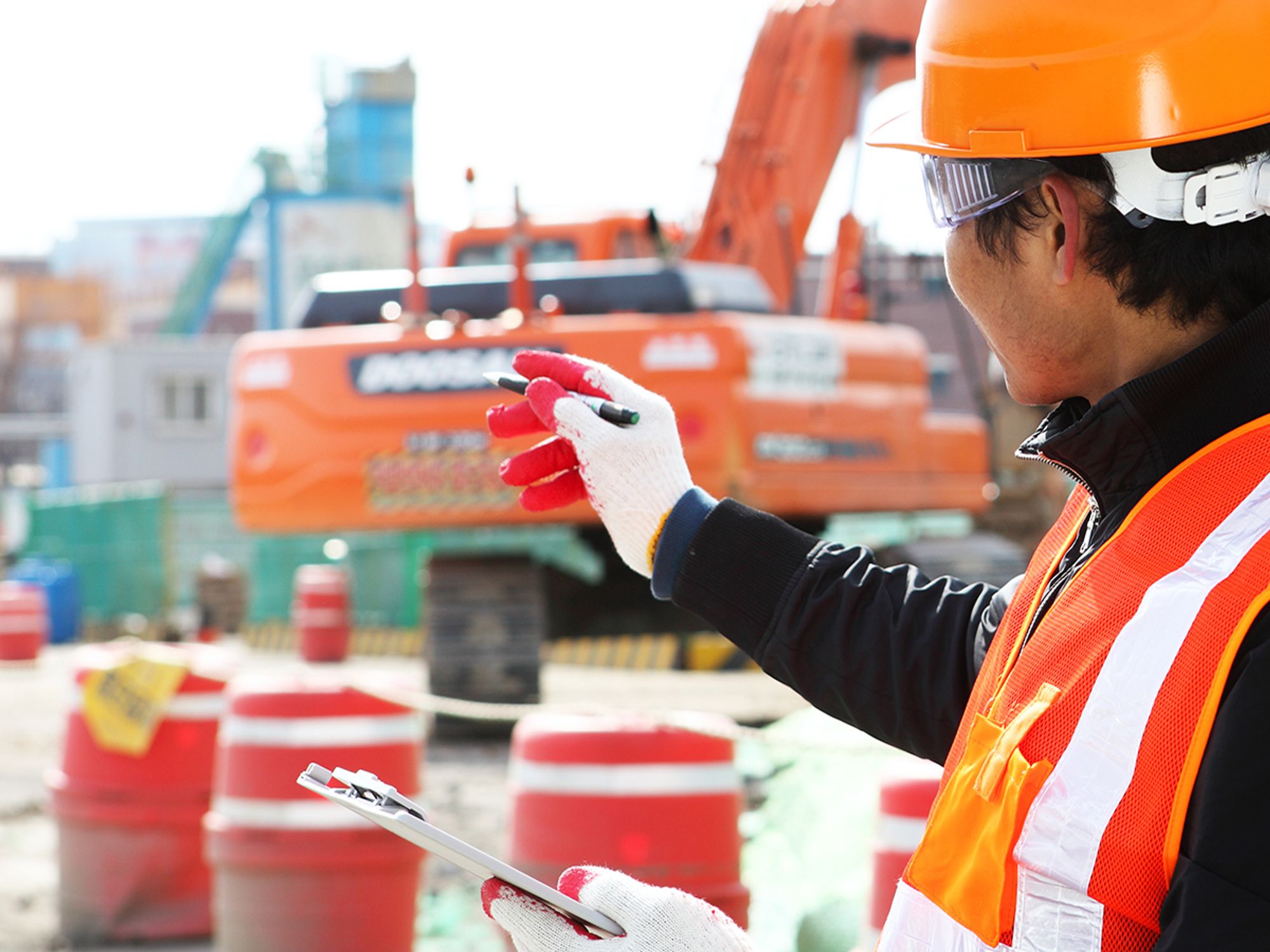Heavy equipment inspection

The OSHA rules only generalize when it comes to inspection of heavy equipment, and they just cover safety equipment.
The best source for inspection criteria is manufacturer’s documentation. If that documentation does not have a comprehensive checklist, then you should assemble your own from the operating instructions and maintenance procedures.
You may have two or three checklists for inspecting equipment and machinery:
- Site safety checklist;
- Safety equipment on machinery and equipment; and
- Systems checks — oil, hydraulic, etc. The following requirements are OSHA’s contribution to your inspection checklists.
General safety and health provisions (1926.20)
This section says that frequent and regular inspection of materials and equipment must be made by your competent person. OSHA generally considers daily, and as necessary when situations dictate, as being frequent and regular.
Motor vehicles and mechanized equipment (1926.600)
There are no direct requirements for equipment inspection in this general requirements section. Some site safety and general inspection questions on an inspection checklist might be:
- Does all equipment left unattended at night have appropriate lights, reflectors, or barricades to identify location?
- Are all requirements of 1926.550(a)(15) being followed when equipment is used or moved in the vicinity of power lines?
Motor vehicles (1926.601)
This section covers motor vehicles that operate within an off-highway jobsite, not open to public traffic. Inspection requirements are:
All vehicles must be checked at the beginning of each shift to ensure the following parts, equipment, and accessories are in safe operating condition and free of apparent damage that could cause failure while in use:
- Service brakes, including trailer brake connections;
- Parking system (hand brake);
- Emergency stopping system (brakes);
- Tires;
- Horn;
- Steering mechanism;
- Coupling devices;
- Seat belts;
- Operating controls; and
- Safety devices.
All defects must be corrected before the vehicle is placed in service. These requirements also apply to equipment such as lights, reflectors, windshield wipers, defrosters, fire extinguishers, etc., where such equipment is necessary.
Inspection of your machinery and equipment is important. If you operate any equipment or machinery you may be required to perform pre-operational and operational checks. There are also periodic inspections (monthly) and sometimes annual inspections you might be involved in. Quite often the equipment operator is also the company competent person on that equipment.
You should have at least two, and maybe three, checklists for inspecting equipment and machinery:
- Site safety checklist
- What is going on around where you are going to operate the equipment?
- Are appropriate areas barricaded to keep unwanted people out?
- Safety equipment on machinery and equipment checklist
- Are back-up alarms, seat belts, lights, horn, etc., in good working order?
- Do you know how to use it?
- Systems checklist
- How is the oil level?
- Does the bucket raise and lower properly?
Material handling equipment (1926.602)
These rules apply to earthmoving equipment such as: scrapers, loaders, crawlers, wheel tractors, bulldozers, off-highway trucks, graders, tractors, and similar equipment. There are no direct requirements for equipment inspection in this general requirements section. Some general inspection questions on a checklist might be:
- Are seat belts provided on all equipment required by 1926.602 to have seat belts?
- Are scissor points on all front end loaders guarded, if they constitute a hazard to the operator during normal operation?
Employee training
The only requirement for employee training in regards to heavy equipment inspection is the requirement for competent persons to make frequent and regular inspection of jobsites, materials, and equipment by competent persons designated by the employer. It takes training to be a competent person.
Training tips
- Prepare “checklists” from the requirements of the rules that specifically apply to your equipment and introduce them at this talk.
Where to go for more information
29 CFR Subpart O — Motor vehicles, mechanized equipment, and marine operations.
29 CFR 1926.20 — General safety and health provisions.
